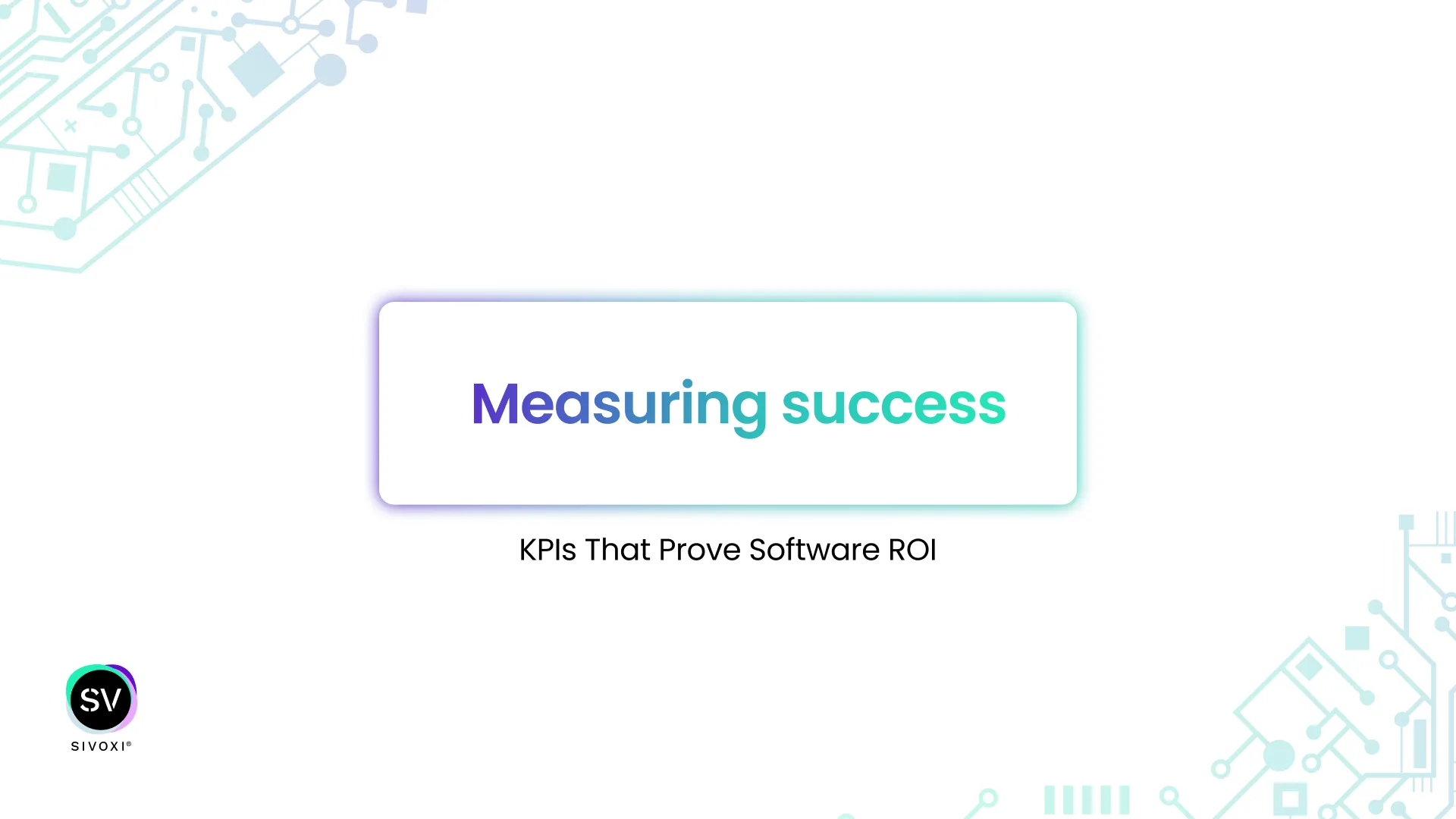Lay a solid foundation with responsive design
We’ve discussed response design in detail in our previous blog post, but to summarise. Responsive design ensures that your website adapts seamlessly to various devices. This is crucial as search engines like Google prioritize mobile-friendly websites in their rankings. A responsive design enhances user experience, reducing bounce rates and increasing engagement.
Keyword research: The cornerstone of SEO
Identifying relevant keywords is is how you reach your target audience. Utilise tools like Google Keyword Planner to uncover high-traffic keywords related to your industry. Incorporate these keywords naturally into your website’s content, headings, meta descriptions, and URLs to enhance your visibility in search results.
Optimize page loading speed
Users demand instant gratification. A slow-loading website can deter visitors and adversely impact your search engine rankings. Optimise your website’s loading speed by minimising image sizes, leveraging browser caching, and utilizing content delivery networks (CDNs) to ensure swift access to your web pages.
Create engaging and relevant content
Develop high-quality, relevant content that resonates with your target audience. Regularly update your website with fresh, informative content such as blog posts, articles, and multimedia resources. Engaging content not only attracts visitors but also encourages them to explore your website further, signaling its value to search engines.
Implement on-page SEO techniques
Optimise each page of your website with on-page SEO techniques. This includes optimising meta titles and descriptions, utilizing header tags (H1, H2, H3), incorporating internal and external links, and ensuring keyword-rich but natural-sounding content. On-page optimisation sends clear signals to search engine crawlers, helping them understand the relevance and context of your web pages.
Foster seamless navigation
User experience retains visitors and encourages them to delve deeper into your website. Streamline navigation by organising content logically, implementing intuitive menus, and incorporating clear calls-to-action (CTAs). A user-friendly interface enhances engagement and encourages visitors to explore multiple pages, signalling to search engines the value and relevance of your website.
Leverage social media integration
Harness the power of social media platforms to amplify your online presence and drive traffic to your website. Integrate social sharing buttons on your web pages to facilitate content sharing among users. Active engagement on social media not only expands your reach but also enhances brand visibility, indirectly influencing your search engine rankings.
Optimising your website for search engines is not a one-time task but an ongoing process. By implementing these tips, you can lay a solid foundation for an SEO-friendly website that attracts, engages, and retains valuable visitors, ultimately boosting your online visibility and driving business growth. Remember, staying ahead requires continuous adaptation and optimisation.











